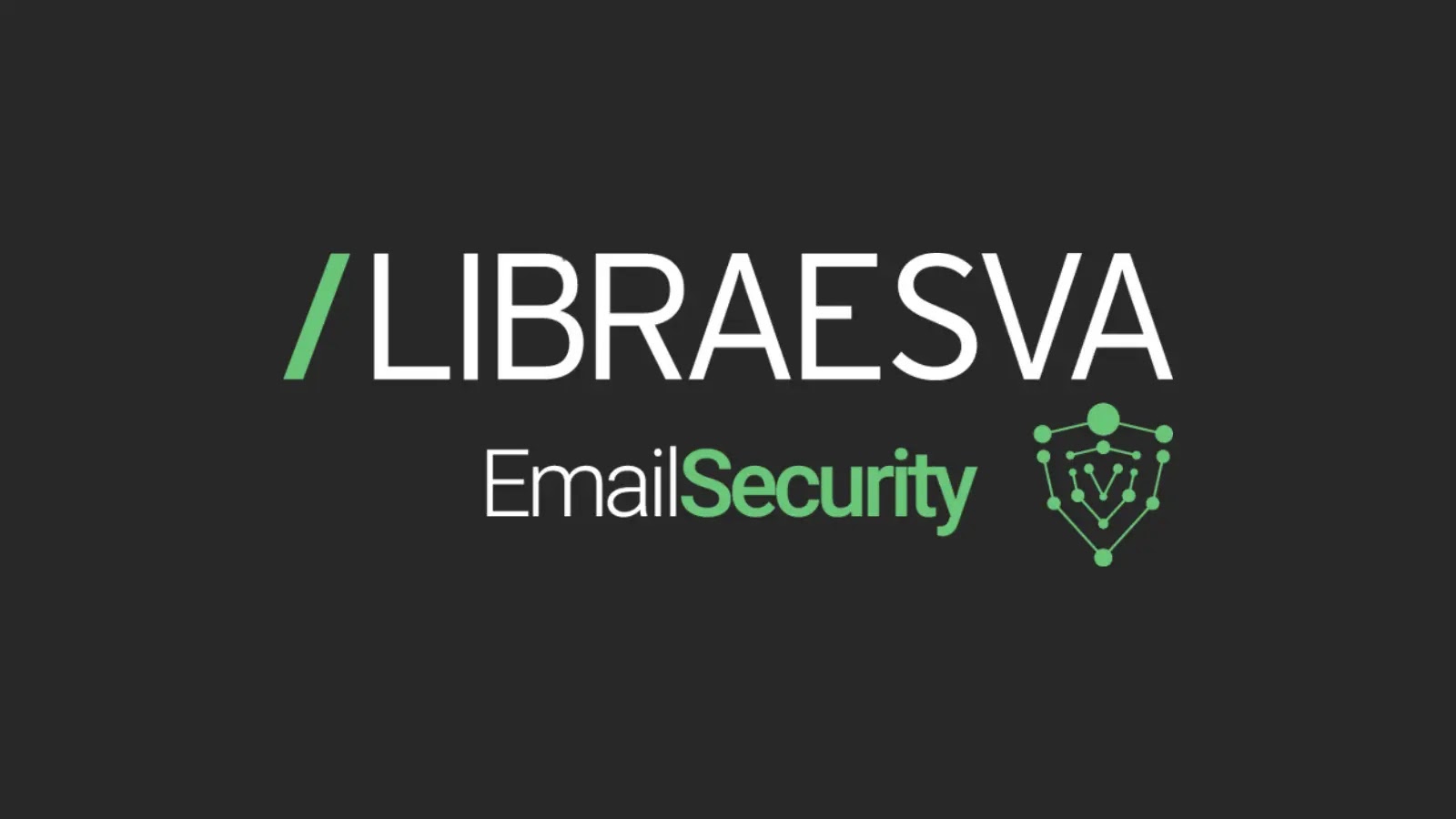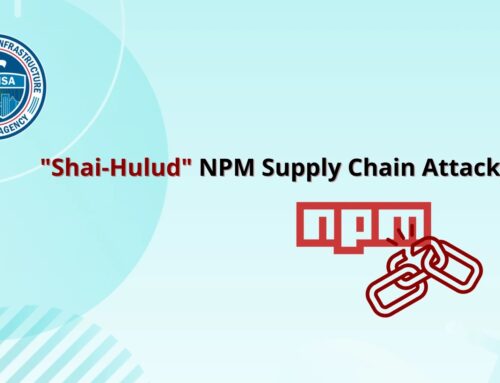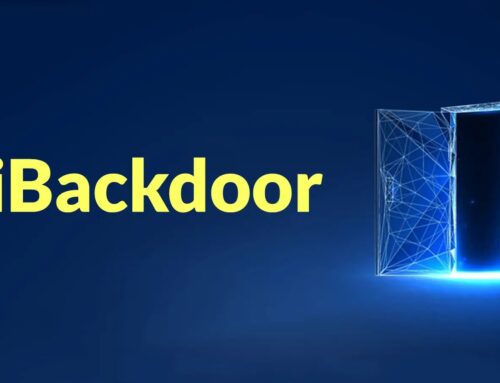
Hackers Exploiting Libraesva Email Security Gateway Vulnerability to Inject Malicious Commands
Urgent Cybersecurity Alert: Libraesva Email Security Gateway Under Attack
In the high-stakes realm of cybersecurity, a new and concerning threat has emerged, demanding immediate attention from organizations utilizing Libraesva Email Security Gateway (ESG) solutions. Recent intelligence confirms that state-sponsored actors have actively exploited a critical command injection vulnerability within the Libraesva ESG. This exploit has allowed cybercriminals to inject and execute arbitrary commands, posing a significant risk to email infrastructure and the sensitive data it protects. Understanding the intricacies of this flaw, its implications, and the necessary remediation steps is paramount for maintaining robust digital defenses.
The Libraesva ESG Vulnerability: CVE-2025-59689 Explained
Libraesva, a prominent provider of email security solutions, has issued an emergency patch following the discovery and active exploitation of a severe command injection vulnerability. Identified as CVE-2025-59689, this flaw allows attackers to compromise the security gateway by sending a specially crafted malicious email. The critical element in this attack vector is a compressed attachment designed to trigger the command injection. Once the malicious email with its crafted attachment is processed, the vulnerability enables the execution of arbitrary commands on the underlying system, granting attackers unauthorized control.
The severity of this vulnerability cannot be overstated. With the ability to execute commands, adversaries can potentially:
- Exfiltrate sensitive data passing through the email gateway.
- Install additional malware or backdoors for persistent access.
- Manipulate email flow, leading to further phishing or spam campaigns.
- Disrupt email services, causing operational downtime.
Attack Vector and Impact
The chosen attack vector, a “specially crafted compressed attachment,” highlights the sophistication of the state-sponsored actors involved. This method often bypasses rudimentary signature-based detections, as the malicious payload is embedded within a seemingly innocuous file type. When the Libraesva ESG processes this attachment, the internal parsing or unpacking mechanism contains a flaw that allows the injected commands to be interpreted and executed by the system shell.
The confirmed exploitation by state-sponsored hackers amplifies the concern. Such actors are typically highly resourced, patient, and focused on specific strategic targets. Their involvement suggests a potential for widespread and impactful campaigns aimed at intelligence gathering, industrial espionage, or critical infrastructure disruption via compromised email channels.
Remediation Actions and Best Practices
Libraesva has responded proactively by deploying an automated fix for CVE-2025-59689. For all organizations using Libraesva ESG, immediate action is critical:
- Apply the Emergency Patch: Ensure your Libraesva Email Security Gateway is running the absolute latest version with the emergency patch applied. Libraesva has stated they’ve rolled out an automated fix, but verification is always recommended.
- Monitor for Anomalous Activity: Scrutinize system logs on your Libraesva ESG for any unusual process executions, outbound connections to unknown IP addresses, or unauthorized file modifications.
- Review Email Traffic Rules: Enhance rules for compressed email attachments, especially those coming from external sources. Consider stricter policies for archive formats that are not commonly used in legitimate business communications.
- Implement Multi-Layered Security: Relying on a single security solution is insufficient. Implement endpoint detection and response (EDR) solutions, network intrusion detection/prevention systems (IDS/IPS), and robust firewalls to create defense in depth.
- User Training and Awareness: While this vulnerability isn’t a direct user interaction exploit, general security awareness training helps in identifying suspicious emails that might be part of broader reconnaissance efforts.
- Backup and Recovery Plan: Ensure you have tested, up-to-date backups of critical systems and a well-defined incident response plan in case of a successful compromise.
Tools for Detection and Mitigation
While an official patch is the primary defense, various security tools can assist in detecting potential signs of compromise or enhancing overall email security posture.
| Tool Name | Purpose | Link |
|---|---|---|
| SIEM Solutions (e.g., Splunk, Elastic Security) | Centralized logging and correlation for detecting anomalous activities and indicators of compromise (IOCs). | https://www.splunk.com/ |
| Network Intrusion Detection/Prevention Systems (NIDS/NIPS) | Monitoring network traffic for suspicious patterns, known exploit signatures, and unauthorized communication attempts. | https://suricata.io/ |
| Email Sandbox Analysis | Detonating suspicious attachments in an isolated environment to identify malicious behavior before they reach the gateway or user. | https://www.cisco.com/c/en/us/products/security/email-security/index.html |
| Vulnerability Scanners (e.g., Nessus, OpenVAS) | Proactively identifying unpatched systems or misconfigurations. | https://www.tenable.com/products/nessus |
Conclusion
The active exploitation of CVE-2025-59689 in Libraesva Email Security Gateway underscores the constant and evolving threat landscape facing organizations. State-sponsored actors represent a sophisticated threat, making rapid response and vigilant security practices essential. Immediate patching, stringent monitoring, and a multi-layered security approach are critical to protect your email infrastructure from compromise. Proactive defense and a commitment to staying updated on threat intelligence will significantly reduce exposure to such serious vulnerabilities.





